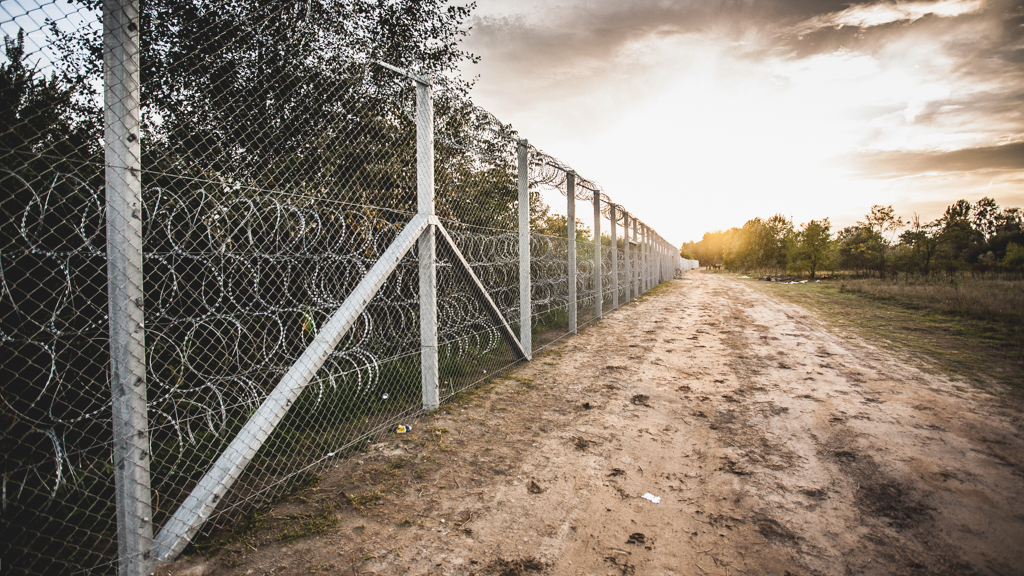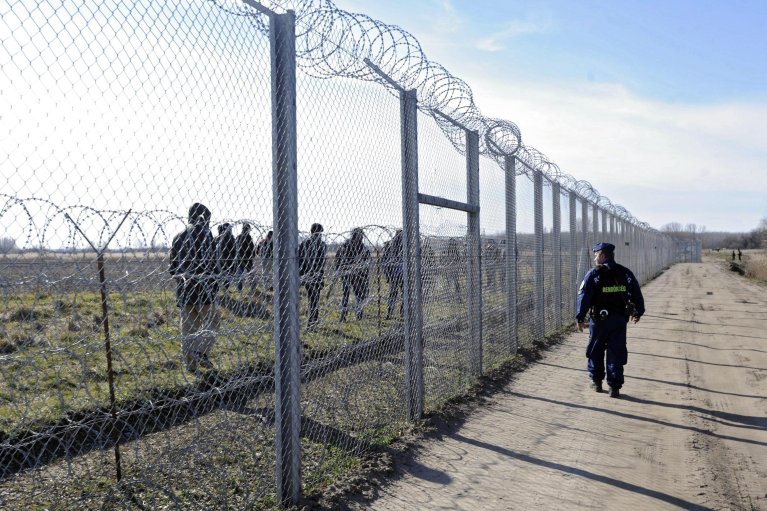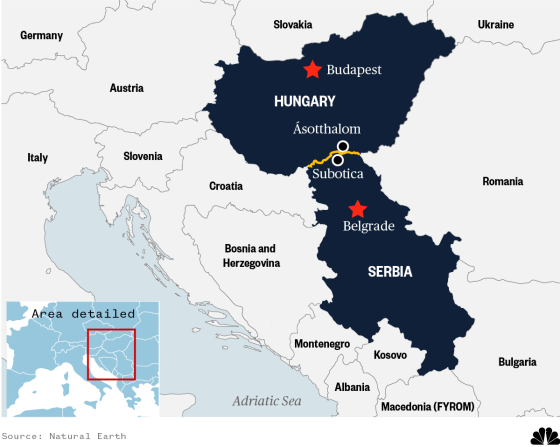In 2015, Hungary built two parallel 4-metre tall walls along their 175 km Serbian border to block the flow of migrants. The first wall cost $106 million USD and the second wall cost $146 million USD including the heat sensors, cameras, and loudspeakers.
Puntland's border with Galnus is roughly 250 km and would likely only require one wall. With cheaper labour costs, I could see it costing around $100 million, which is substantially less than the cost of Garacad port.
An electrified wall is critical to the security of Puntland. It will deter illegal migration and stem the endless flow of terrorists who take advantage of our hospitality to murder us. It would also put a stop to the car bomb factory in Xarardheere from ever doing a suicide attack in Gaalkacyo again.

 en.m.wikipedia.org
en.m.wikipedia.org

 mobile.reuters.com
mobile.reuters.com
Puntland's border with Galnus is roughly 250 km and would likely only require one wall. With cheaper labour costs, I could see it costing around $100 million, which is substantially less than the cost of Garacad port.
An electrified wall is critical to the security of Puntland. It will deter illegal migration and stem the endless flow of terrorists who take advantage of our hospitality to murder us. It would also put a stop to the car bomb factory in Xarardheere from ever doing a suicide attack in Gaalkacyo again.

Hungarian border barrier - Wikipedia
 en.m.wikipedia.org
en.m.wikipedia.org
The border between Hungary and Serbia is 175 kilometres (109 mi) long. In June 2015, the Hungarian cabinet approved construction of a 4 metres (13 ft) high barrier. Construction of the barrier began in early July. as of early August, Hungary was on track to complete the fence by the end of the year. The fence, which features concertina wire, is being built by contractors and a deployment of 900 soldiers at a cost of 30 billion forints ($106 million) for the 4-meter (13-foot) fence and the construction of two camps to house asylum applicants.
By mid-August the barrier was taking shape as a double security fence. There is a hastily constructed outer fence made up of three rows of razor wire, scheduled to be completed by the end of August 2015. Inside that, there is a sturdier barrier 3.5 meters (11.5 feet) tall. The slow pace of the fence's construction led to the resignation of Csaba Hende, the Hungarian defence minister, on 7 September 2015. The first stage of construction was started on 13 July and it was completed and the border sealed by Monday, 14 September.
The immediate impact of the fence was to block entry to Hungary to migrants unwilling to apply for refugee status in Hungary, deflecting the flow to Croatia. As Croatia led the migrants to its border with Hungary, Hungary then started the construction of a second fence along its border with Croatia on 18 September 2015.

Hungary builds new high-tech border fence - with few migrants in sight
A daunting new barrier is beginning to loom over Hungary's southern border, capable of delivering electric shocks to unwanted migrants and armed with heat sensors, cameras, and loudspeakers that blare in several languages.
GARA, Hungary (Reuters) - A daunting new barrier is beginning to loom over Hungary's southern border, capable of delivering electric shocks to unwanted migrants and armed with heat sensors, cameras, and loudspeakers that blare in several languages.
Only 10 km (six miles) of the new structure has been completed but officials say the remaining 140 km (85 miles) along the border with Serbia will be finished in just two months, built largely by 700 prison inmates.
The government has earmarked 38 billion forints (123 million euros) for the second fence. Orban's chief of staff Janos Lazar said on Thursday the total cost of the border effort, including patrols and transit zones, was nearing 1 billion euros.

 No more hutu.
No more hutu.









